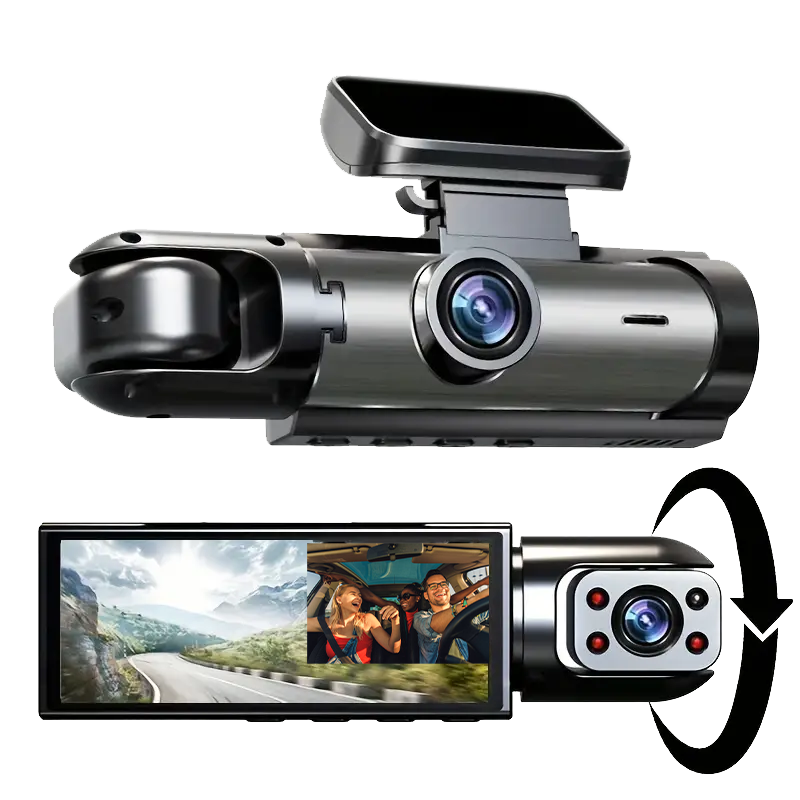
Nissan Maxima First Generation 1981–1984

| First generation (G910) | |
|---|---|
|
|
|
| Overview | |
| Also called | Datsun 810 Datsun Maxima |
| Production | 1980–1981 (Datsun 810) 1981–1983 (Datsun Maxima) 1983–1984 (Nissan Maxima) |
| Model years | 1981 (Datsun 810) 1982–1983 (Datsun Maxima) 1984 (Nissan Maxima) |
| Assembly | Japan: Oppama Plant, Yokosuka, Kanagawa |
| Body and chassis | |
| Body style |
|
| Layout | Front-engine, rear-wheel-drive |
| Related | Datsun Bluebird (910) |
| Powertrain | |
| Engine |
|
| Transmission |
|
The first car to wear the Maxima name, the second generation Datsun 810, was introduced in 1980 for the 1981 model year.
It was essentially a Japanese-market Datsun Bluebird (910) with a 3.9 in (99 mm) longer nose to accommodate the inline-six engine. This model replaced the Datsun 810 (first generation). The second generation Datsun 810 was not sold in Japan, only in North America as the more basic Datsun 810 Deluxe and the fully equipped 810 Maxima. Both were available with either sedan or wagon bodywork. In 1981 for the 1982 model year, all 810s were rebranded as Datsun Maxima. In 1983 for model year 1984, the last year of the first generation Maxima, North American Datsuns began carrying the "Nissan" badge as well. Only 1984 model year Nissans have both "Nissan" and "Datsun" badges on the back of the car, although earlier models had a "Datsun" badge with a tiny "by Nissan" section underneath.
For the first model year, the 810 Deluxe was the only version to receive the five-speed manual, while the luxurious 810 Maxima only came with a three-speed automatic. The Maxima's introduction to North America followed the successful introduction of the Nissan S30, and used the same engine and transmission while offering luxurious accommodations and four doors. The sedans have independent rear suspension while the wagon has a leaf sprung live rear axle. The wagon also received rear drums rather than disc brakes.
The second generation retained the same 2.4-liter base engine as the previous Datsun 810, although up 2 to 120 hp (1 to 89 kW) and with more torque available at a lower engine speed. It was also available with the 2.8-liter LD28 OHC inline-six diesel engine (available in the US from mid-1981 through 1983) with either a five-speed manual or a four-speed automatic transmission with overdrive.
Some of the power steering pumps were sourced from General Motors' Saginaw Gear division, while others were sourced from Atsugi. This was the second Nissan to use US-sourced parts besides the Borg-Warner T-5 transmission used in the 82–86 Nissan ZX Turbos. The use of USA-made parts was phased in prior to the passage of local content laws imposed by the U.S. Government.
One unique feature of the car was its phonograph-based voice warning system. Warnings like those for a door being open, etc. would be relayed through the mini phonograph and played for the driver to hear. A common thing to hear would be, "door is open, key is in ignition." 1981 models were the first 'talking car' sold in the US and offered only one voice warning, a female voice reminding the driver to "please turn off the lights".

